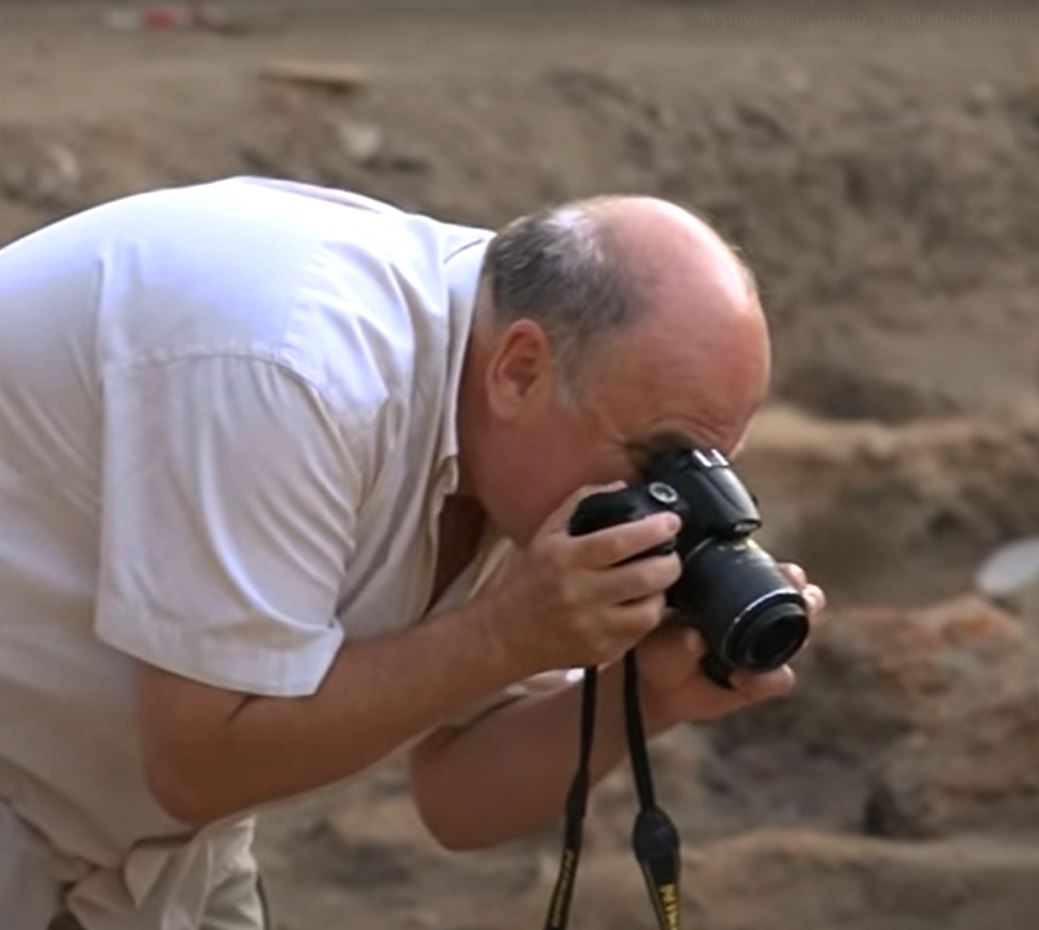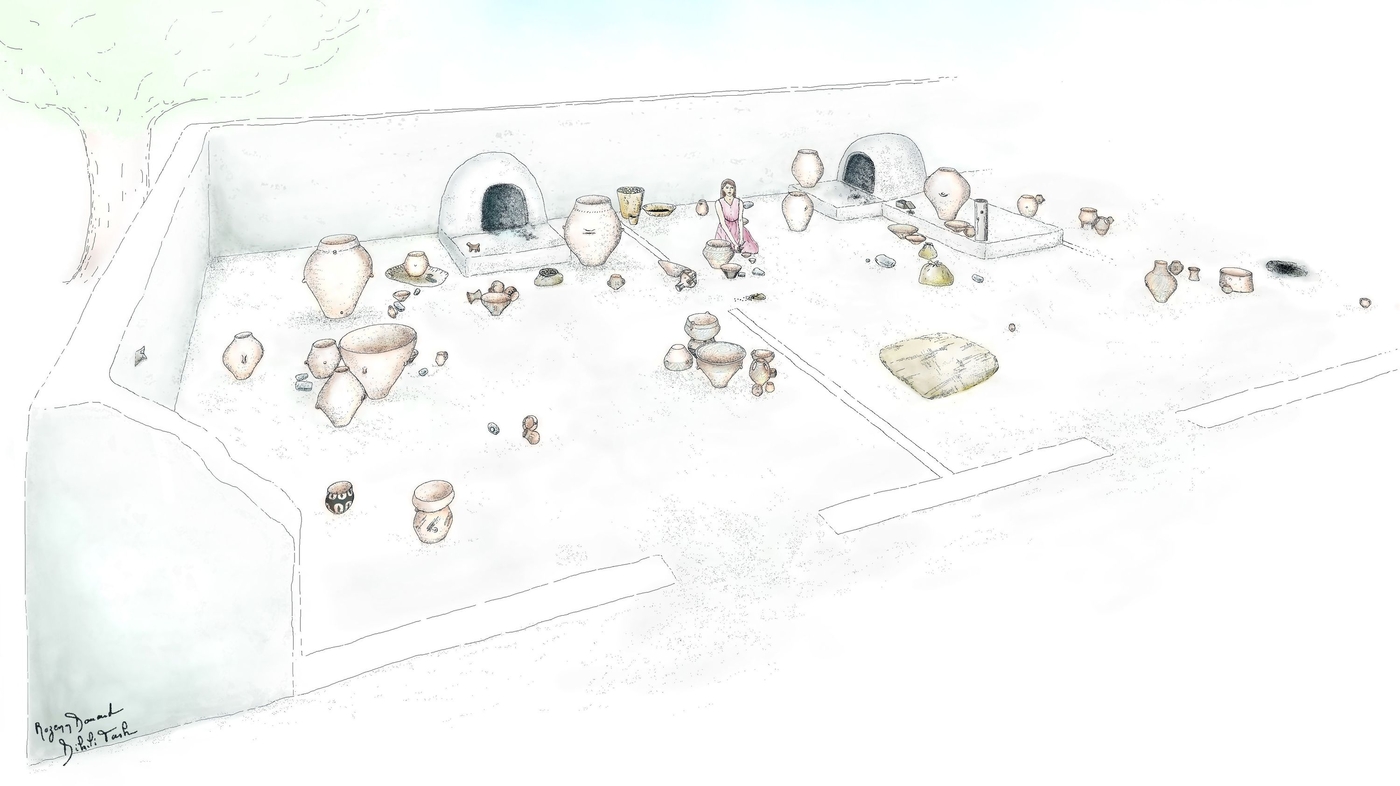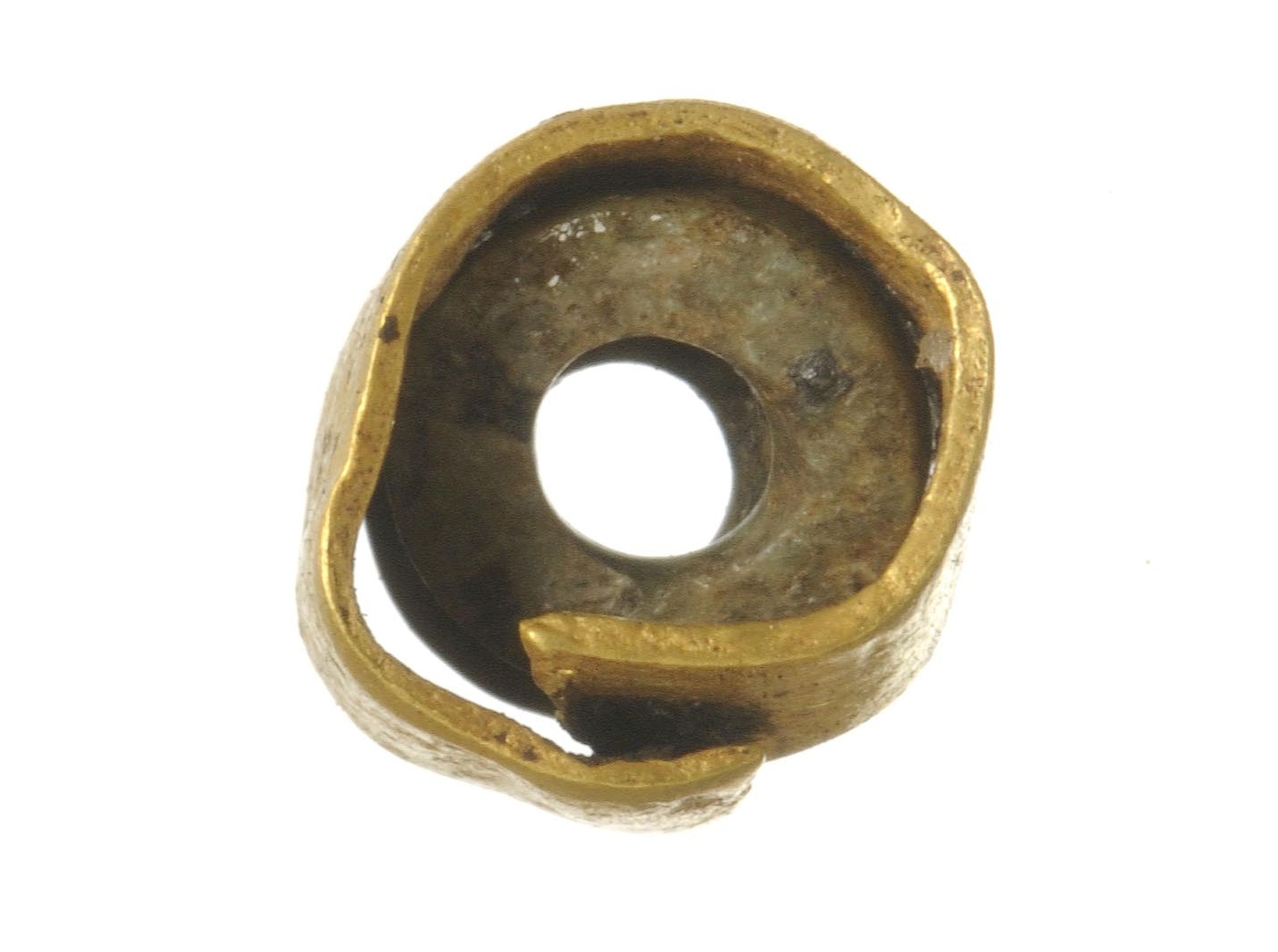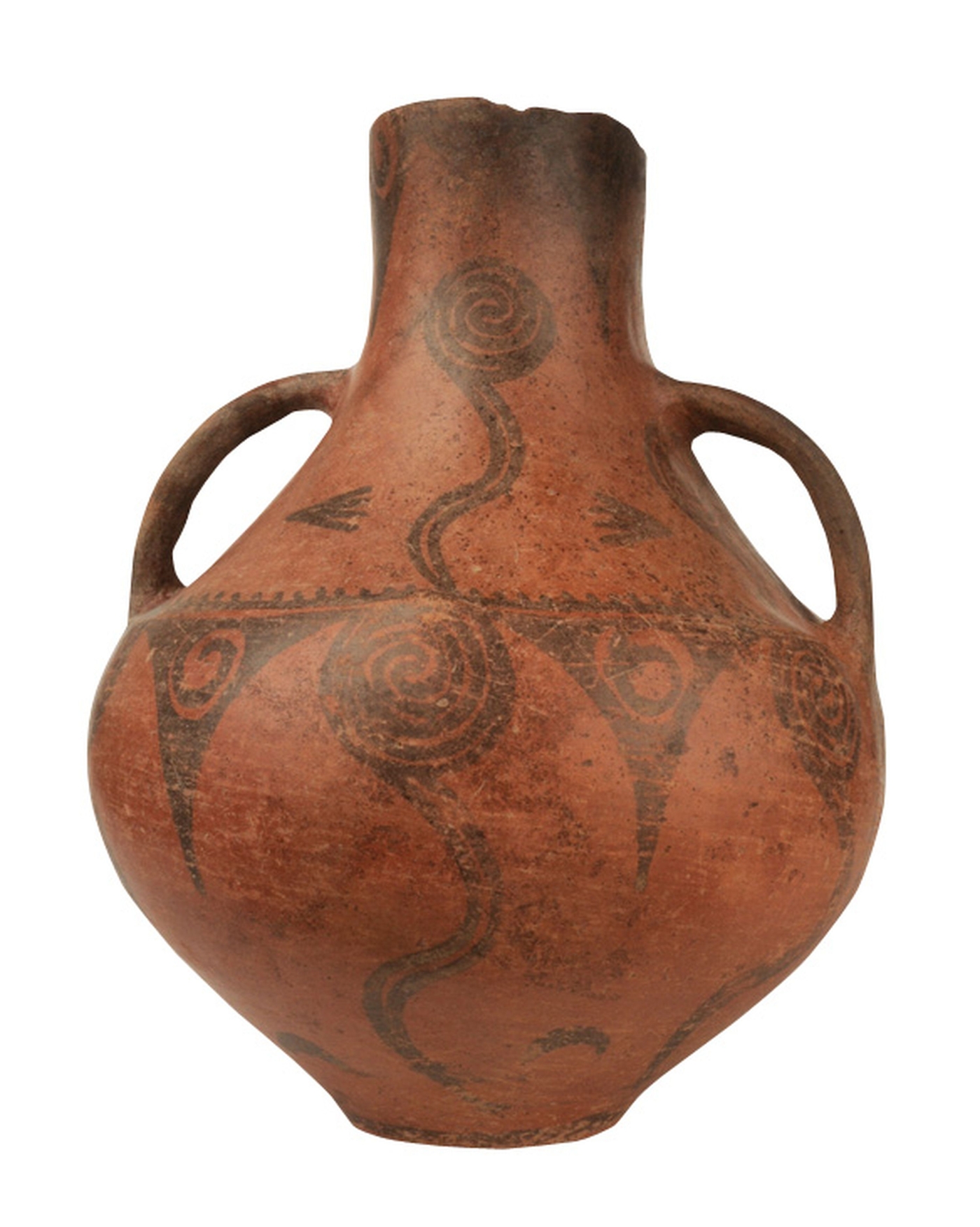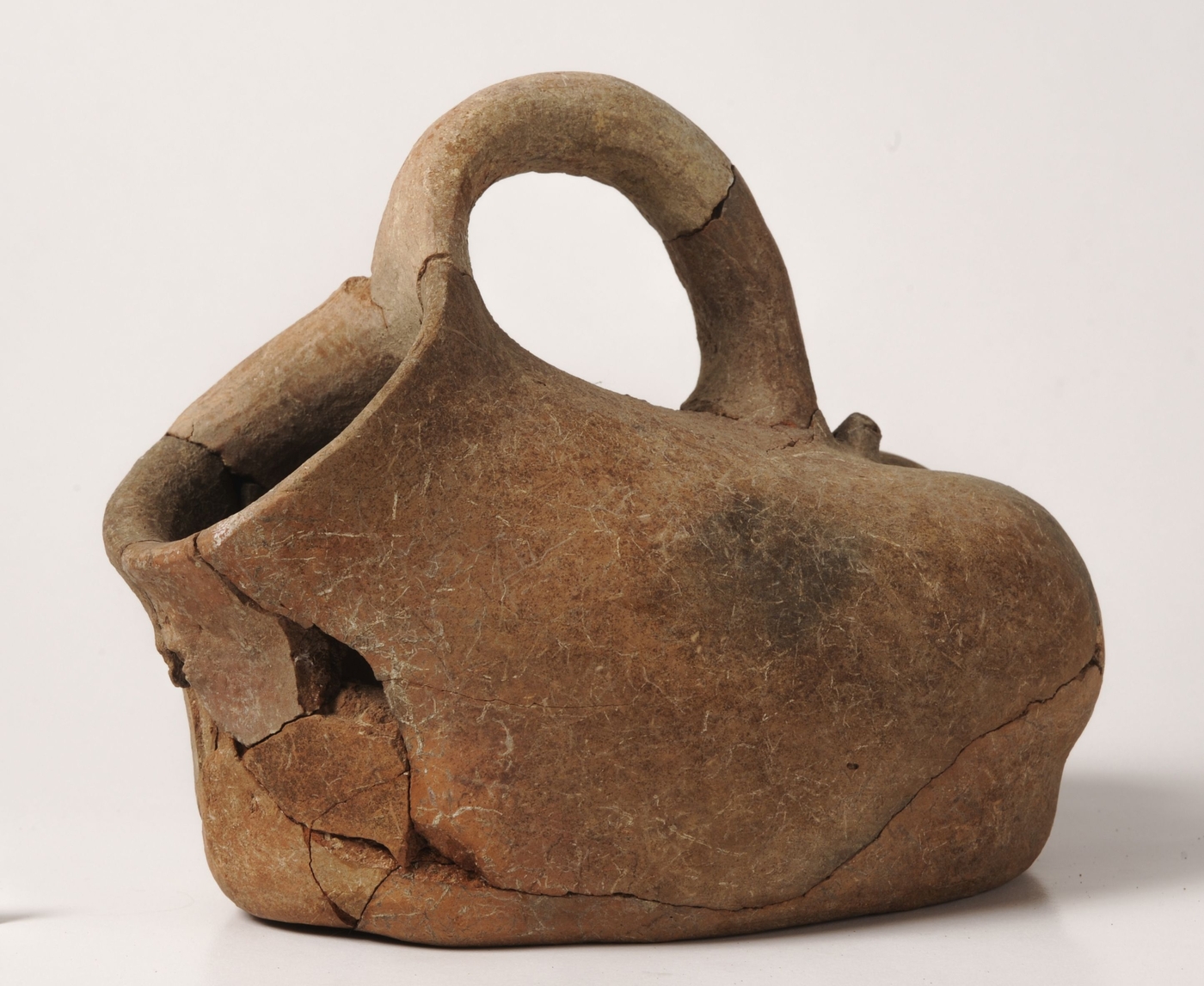Dikili Tash
In north-eastern Greece, close to the ancient city of Philippes, the site of Dikili Tash is a 17-metre-high tell formed by the accumulation of occupation layers, dating mainly from the Neolithic period and Bronze Age. This is the oldest site in the region and the one occupied over the longest period.

The fires that sometimes destroyed Prehistoric houses have preserved certain artefacts and architectural and botanical remains in a remarkable state of conservation. Botanical remains can be dated with reasonable precision using Carbon-14 dating.
First European farmers
The first humans to settle in Dikili Tash lived close to a fast-flowing spring, a guaranteed water supply all year round, and on the edge of a vast area of marshland covering the present-day Drama plain. This first settlement dates from circa 6400 BCE, when the Neolithic lifestyle - farming and livestock breeding - had begun to spread across eastern Europe.
The "house of the bucranium"
Part of a pre-existing village, the "house of the bucranium", destroyed circa 4900 BCE, occupies a site of approximately 35 m2. It was built around a domestic oven measuring 1.5 metres long. Alongside a fairly extensive set of finds, including stone tools, fired-earth vases for cooking and serving food, archaeologists found, among debris that had fallen onto the floor of the house, a composite element - a bucranium made from clay encasing the rear section of a domesticated bull’s skull. It was probably decorative and displayed at height.
Wine-drinking 6,000 years ago
Another house, destroyed around 4300 BCE, contained abundant botanical remains that point to the extraction of grape juice. Analyses of residues on the sides of certain storage vessels suggest the inhabitants were engaged in wine-making - the oldest formally identified in Europe to date. A significant quantity of personal decorative objects were also found in the same house, including stone and gold beads, rings made from Spondylus Gaedoropus shell, and Suidae tooth pendants.
Breaks and continuity
Recent research has revealed a layer dating to circa 4000 BCE, between destruction at the end of the Late Neolithic and the first Bronze Age constructions circa 3300. The Bronze Age sequence is still incomplete, because there seems to have been another break in occupation between 2500 and 1500 BCE. There are several successive inhabited layers during the Late Bronze Age (1500-1100 BCE), the last proven habitation phase. The founding of the neighbouring city of Krinides in 360 BCE, which became "Philippes", began a new chapter in the region’s history.
Caius Vibius, Roman officer
During the Roman period, Dikili Tash was at the eastern end of the large town of Philippes, on the (Via Egnatia) that ran from the Adriatic Sea to Byzantium. The name of the site ("dressed stone" in Turkish, left over from the Ottoman presence in the region) refers to a Roman funerary monument within the immediate vicinity of the site. It was a 4-metre-high monolith dedicated in the 1st century CE to an officer called Caius Vibius Quartus.
A Byzantine tower
A tower with a square plan, measuring 9.25 metres on each side, stands at the top of the Dikili Tash tell. Its construction between the 10thand 14thcenturies CE could have been part of the restructuring of the ramparts of the town of Philippes.
A successful partnership between French and Greek teams
The site was investigated systematically from the early 1960s, under the auspices of the Athens Archaeological Society and the École française d’Athènes.
In the immediate future, a key challenge will be to excavate the first Neolithic layers (6400-5500 BCE) in order to establish what the first farmers to settle in Europe brought with them in terms of agriculture, livestock breeding and craft techniques.
The Dikili Tash mission was awarded the Grand Prix d’archéologie 2020 by the Fondation Simone et Cino Del Duca – Institut de France.
The project is supported by the French Ministry for Europe and Foreign Affairson the advice of the Excavations Board (Commission des fouilles).It is also supported since 2008 by the private American foundation Institute for Aegean Prehistory.
Useful links
- Web site of the Mission Archéologique de Dikili Tash
- Web site of the The Archaeological Society of Athens





